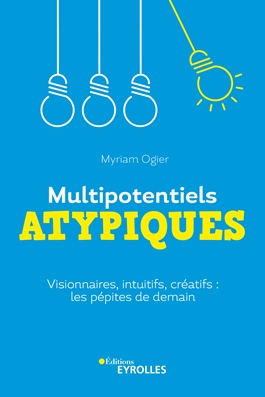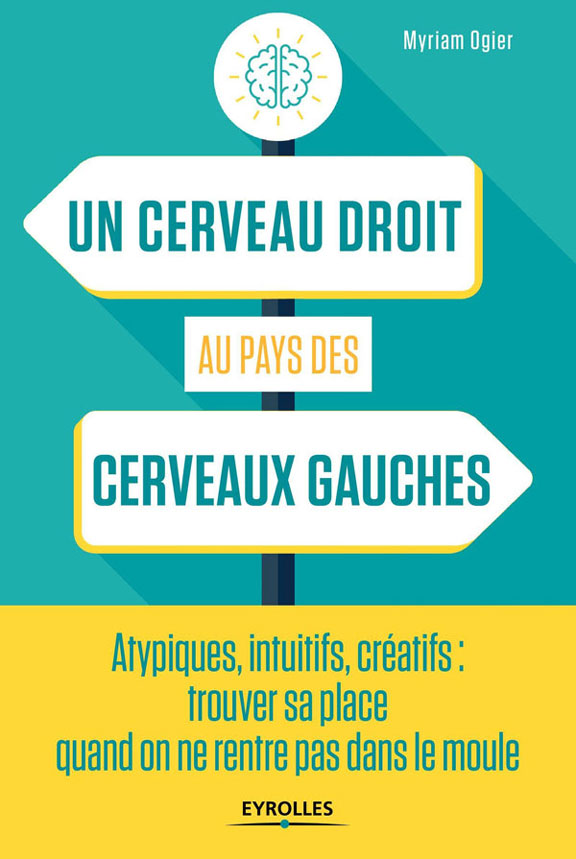First and foremost: It’s not about you! Write your summary in the first person (as in “I accomplished XYZ,”) but remember who your audience is. With each statement you write, consider who you are hoping will read it, and what you’re hoping they will take away.
For example, when reading about your skills, past job duties, or anything else on your profile, a recruiter, hiring manager, or potential customer wants to be able to imagine how you can help them. So, instead of “I managed a team of 10 people,” you might say, “I was able to attract and hire top talent to round out my team, which then exceeded sales goals by 15 percent.”
Filling out a profile isn’t difficult, but there are some important best practices you should follow to make sure yours is as powerful as possible:
- Start with a professional photo. If you don’t have a professional headshot, add that to your to-do list, and go with the cleanest, most professional looking snapshot you have — and upgrade as soon as possible. And smile! Remember: That photo may be your first impression with a potential employer.
- Make your headline stand out. By default, LinkedIn populates your headline with your job title and current company, but you don’t have to leave it that way. Consider listing your specialty and speaking directly to your audience. If you want your profile to be searchable, include important keywords; if that’s not as big of a concern for you, consider getting away from industry jargon to stand out. Try to keep your headline to about 10 words.
- Fill out the “summary” field with 5–6 of your biggest achievements. Use bullets to make this easy to read. Think about your target reader and then paint a picture of how you can make that person’s life easier. You can also add media files, including videos, so if you are a speaker or presenter, an introduction video could be a great idea.
- Add images or documents to your experience. Did you know that you can add media files to your experience? It’s a great way to create a visual portfolio along with your standard resume information.
- Fill out as much of the profile as possible. That includes skills, volunteer associations, education, etc. This is the place to put all the interesting stuff that doesn’t fit on your resume, but paints you as a well rounded individual. One quick note: if your volunteer experience directly pertains to your job search, put it in as work history, so it’s up in the relevant section, not down at the bottom.
- Keep your work history relevant. You don’t need to list every single job you ever had. Instead, only list the jobs that are relevant to your current career goals.
- Add links to relevant sites. If you have a work-related blog or online portfolio, make use of the three URLs you are allowed on your profile and link to it. Probably better to leave off the baby blog and cat videos, though. Use discretion.
- Ask for recommendations. Endorsements are great, but recommendations are the currency of the realm on LinkedIn. Reach out to past colleagues, managers, and associates and ask that they write you a recommendation.
- Use status updates to share industry-relevant content. This can help show recruiters that you are focused and in-the-know in your industry.
Follow these tips and you can ensure that you have a killer LinkedIn profile that will stand out to recruiters, hiring managers, and potential customers.
What best practices would you include on the list? I’d love to read your contributions in the comments below.
—————-
Bernard Marr is a bestselling business author and is globally recognized as an expert in strategy, performance management, analytics, KPIs and big data. His new book is ‘Big Data – Using Smart Big Data, Analytics and Metrics To Make Better Decisions and Improve Performance‘. You can read a free sample chapter here.Photo: Evan Lorne / Shutterstock.com




Laisser un commentaire